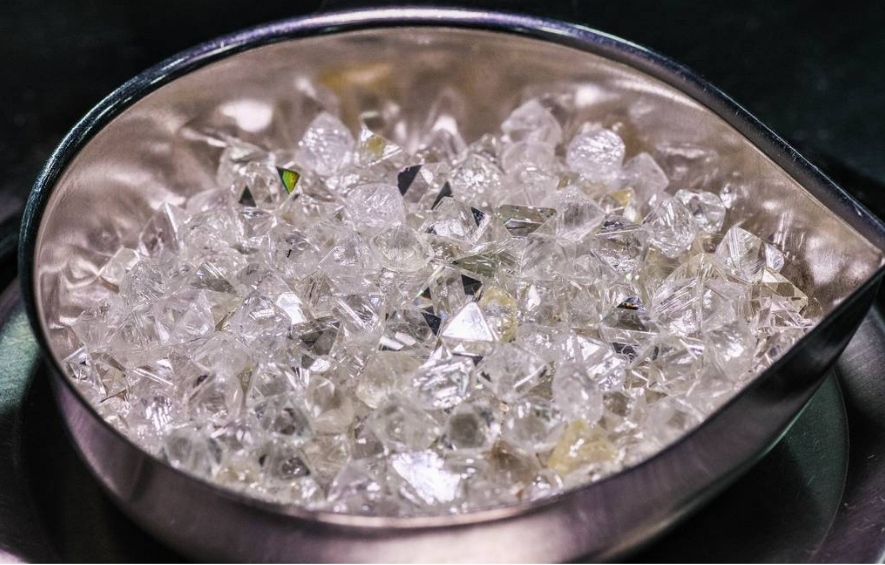Restrictions on import of Russian diamonds to G7, EU countries take effect on January 1
Starting on March 1, restrictions on Russian diamonds processed in other countries are to kick in as well

Restrictions on the importation of Russian diamonds into G7 countries and restrictions on deliveries of diamonds to the European Union under the EU’s 12th package of sanctions have taken effect as of today, January 1, 2024, but experts doubt that the ban will be very effective.
In fact India will have to take a tough stance against this unilateral ban by European Union and G7 as such “ dadagiri” Just cannot be permitted.
In December, the G7 nations announced the introduction of restrictions on imports of diamonds mined or processed in Russia effective January 1, 2024. Starting on March 1, restrictions on Russian diamonds processed in other countries are to kick in as well.
In a joint statement following an online meeting of G7 heads of state and government, the leaders agreed that a reliable mechanism for inspecting and certifying unprocessed diamonds will be created inside the G7 by September 1, 2024.
Later, the European Union approved its 12th package of sanctions against Moscow in reaction to the special military operation in Ukraine. In particular, the new restrictions contain a ban on imports of diamonds that were mined, processed or produced in Russia.
The ban covers non-commercial natural and man-made diamonds and diamond jewelry. The EU Council ruled that the ban on imports will take effect on January 1, 2024, with specific provisions rolled out gradually from March 1 through September 1.
“As of now, such a mechanism (inspection and certification of diamonds) does not exist, neither will it appear by March 1, and it is unclear whether it will be ready by September 1. This only suggests certain possibilities of [so-called] ‘grey’ supplies,” Finam analyst Alexey Kalachev said.
If the mechanism is based on “technical methods of defining the origin of stones,” it will be possible to introduce it quickly, although this is an expensive and not very efficient technology, he added.
Meanwhile, if the mechanism for tracking diamonds is based on blockchain technologies, it would be virtually impossible to evade it, “as it will deal not even within the stone physically, but with its confirmed history, which is impossible to falsify, while stones having no digital ‘passport’ confirmed by blockchain will be banned automatically,” Kalachev noted. However, it will take years to introduce such a system, while much may change in the world in the interim, the analyst said.
Alfa-Bank securities market research chief Boris Krasnozhyonov said earlier that the sector of rough and polished diamonds “was not resting on its laurels,” while sanctions are increasingly “cosmetic” in nature.
Those companies facing sanctions pressure will redirect commodity flows to other locations as it would be difficult to cut Russia off completely from the global trade in rough diamonds since it boasts a share of around 35% in production and 40% of global reserves, the analyst added.
“The export of diamonds is a relatively small share of Russian exports, with the main risks from these [sanctions] measures pertaining to Russian [diamond giant] Alrosa. However, there are doubts that this ban will not be evaded one way or the other given that Russia is one of the main suppliers of diamonds to the global market,” Finam’s Olga Belenkaya said.




